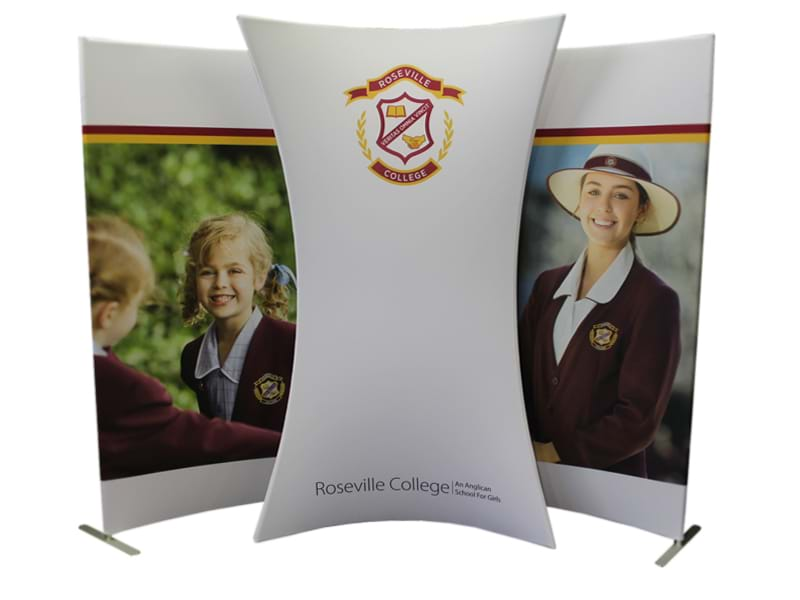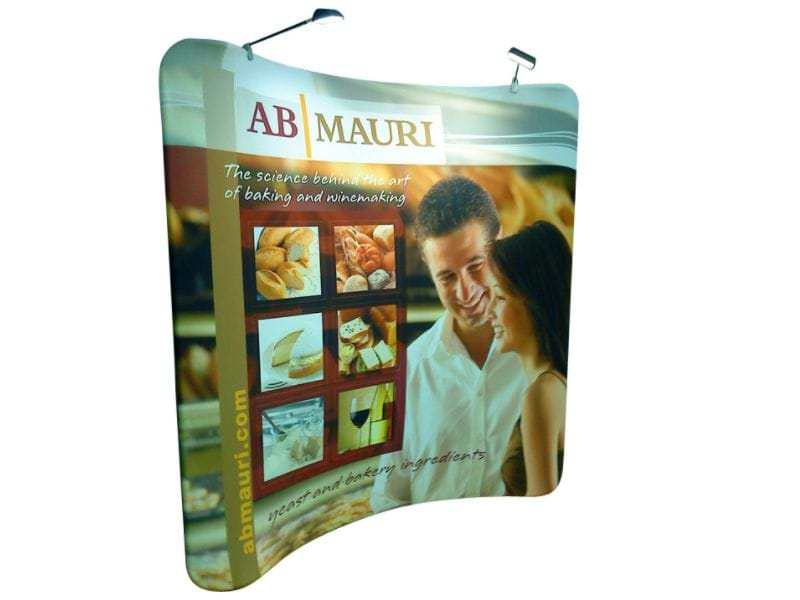Exploring the World of Temporary Walls

Frequently Asked Questions about Temporary Walls
What Are Temporary Walls?
Temporary walls, also known as partition walls or room dividers, are not load-bearing. They divide a space temporarily. They are portable and easy to install, making them great for creating separate areas in a room.
How to Install Temporary Walls?
To install temporary walls, first assemble the wall panels. Then, secure them to the floor and ceiling. Use studs or other supports for stability. Some walls are freestanding and can be moved easily.

Do Temporary Walls Need Permits?
In some cases, temporary walls might need permits. This is especially true in commercial settings or if they affect a building's structure. Always check local building codes and regulations before installing.
Benefits of Using Temporary Walls
Enhancing Space Utilization with Temporary Walls
Temporary walls can make the most of available space. They create separate areas for different uses. This is useful for partitioning a home office or setting up private meeting areas in a large office.
Creating Privacy with Room Dividers
Room dividers help create privacy in shared spaces without permanent walls. They're perfect for setting up temporary workstations or dividing a room into living and dining areas while keeping the layout open.
Customizing Designs of Portable Walls
Portable walls come in many designs and colors. This lets you customize your space's look. Whether you like modern or traditional styles, there's a portable wall for every taste.
Temporary Walls for Events and Exhibitions
Temporary Walls for Trade Show Booths
Temporary walls are often used in trade show booths. They help create areas for product displays, demonstrations, and meetings. These walls are easy to set up and take down, making them perfect for temporary exhibitions.
Soundproofing Solutions for Exhibitions
For events and exhibitions needing quiet, soundproof temporary walls are a good choice. They help keep noise down, creating a quieter and more focused environment. These walls are made to block sound well, offering a better acoustic experience.
Flexible Installation and Disassembly Processes
Portable walls are easy to install and take down. This makes them great for quickly changing your space. Whether for temporary exhibition booths or to partition areas for specific activities, portable walls are a flexible solution.


Types of Temporary Walls Available
Partition Walls vs. Room Dividers
Partition walls are solid and offer better sound insulation than room dividers. Room dividers are lighter and easier to move. Choose based on your needs to create the right division in a space.
Comparing Operable Walls and Fixed Partitions
Operable walls are movable and can be opened or closed. They adapt to different space needs. Fixed partitions, on the other hand, are more permanent and used to create separate rooms.
Benefits of Modular Walls in Various Settings
Modular walls are made of interchangeable panels. They can be set up in many ways to meet specific needs. These walls are versatile and work well in offices, homes, or exhibition spaces.
Choosing the Right Temporary Walls for Your Needs
Considerations for Acoustic Properties of Walls
When picking temporary walls, think about their sound insulation. Acoustic walls block noise well. They're good for quiet work areas or private meetings.

Determining the Need for Portable or Wall-Mounted Options
When choosing between portable room dividers and wall-mounted partitions, think about your needs. Portable dividers are great for easy movement. Wall-mounted partitions offer a more stable solution.
Consider how easy it is to install each type. This will help you decide which is best for you.
Adhering to Building Codes for Temporary Wall Installations
Before setting up temporary walls, check the building codes. This ensures you meet all requirements and avoid any problems. It's crucial to follow the right steps for installing temporary walls, especially in public areas.
